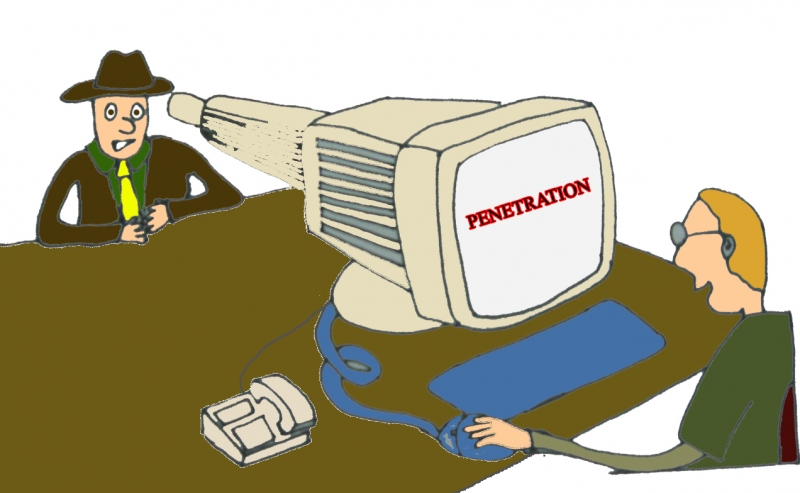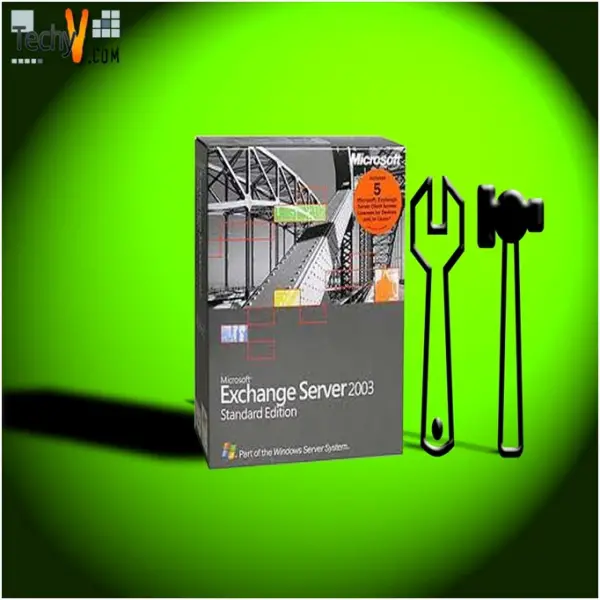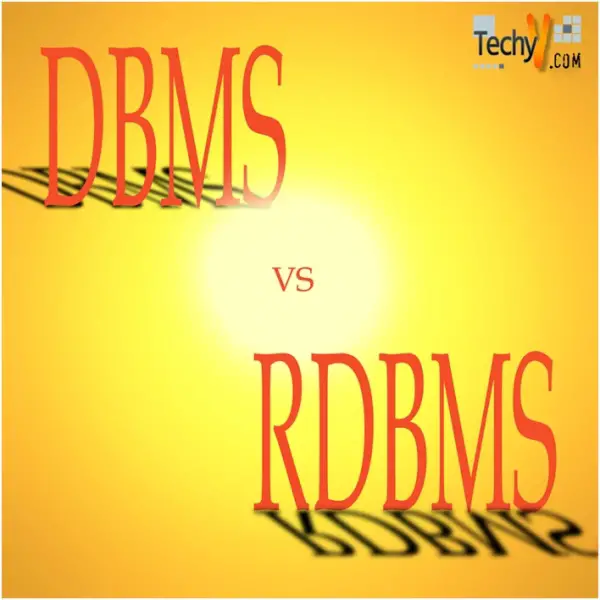Archive
Introduction to Computer & IT Insecurity
Computer security and IT security are terms associated with the protection of computer software, hardware, and the network systems from the hazards of external attacks from virus, cracking, hacking, etc. In fact, the security measures and policies aim at safeguarding or protecting the information systems and information from anyone other than the administrator including consultants, customers, employees, suppliers, and the malevolent hackers.

But unfortunately, the security precautions that majority of the present-day computer-systems have are very limited. Most of the present day efforts for...
Read moreEthical Hacking and its Difference to Malicious Hacking
Ethical Hacking is also often termed as Intrusion, Penetration Testing, Tiger Teaming, Sneaking, or Red Teaming. The methodologies used for ethical hacking are similar to those used for malicious hacking. The only difference between the two is the former uses the methods to report problem, the latter uses them to reap profits illegitimately.

The security experts or the white-hat hackers usually employ methods and several tactics of social engineering to carry out various tests for penetration testing and vulnerability assessment. The...
Read moreComputer Network’s Security Systems Penetration
Penetration refers to a successful, but an unauthorized breach of security perimeter of a computer system. Penetration Testing is done as a part of ethical infiltration, wherein the computer network’s security systems are evaluated thoroughly by simulating attacks from malevolent sources, also called the black hat attackers.

The penetration testing process is carried out from point of view of an attacker and thus, involves active exploitations and breaching of system’s vulnerabilities. The potential vulnerabilities, which might arise due to improper or poor system configurations, operational weakness in the...
Read moreVulnerability with regards to computer security
Vulnerability, with regards to computer security, refers to weakness in the computer system or network that enables an attacker to make unauthorized access into the system and affect its information assurance. Any venerability is nothing, but an intersection of 3 basic elements – (i) Flaw or system susceptibility, (ii) access to the flaw by the attacker, and (iii) the capability of the attacker to access and exploit the identified flaw. An attacker usually employs a technique or a tool that can easily connect to the weakness of the system. Also defines... Read more
Any venerability is nothing, but an intersection of 3 basic elements – (i) Flaw or system susceptibility, (ii) access to the flaw by the attacker, and (iii) the capability of the attacker to access and exploit the identified flaw. An attacker usually employs a technique or a tool that can easily connect to the weakness of the system. Also defines... Read more
CSharp Language: Its History and Uses
The symbol of programming language that will be discussed later was rooted on the note of music which is the see sharp note. The sharp signifies a pitch that is higher in half-step. Due also to the restrictions of the computer display and because the symbol of sharp cannot be found on the standard computer keyboard that is why the number (#) sign was used to symbolize the character of sharp.
ACCOUNT
In writing the frameworks of .NET, a system named SMC (Simple Managed C) was utilized to write...
Read morePerformance of browsers: A short Study
Firefox 3.5: The most unique feature of Firefox is its simplicity.
Users will be excited with so many features like, customized tools and features, all types of add-ons, Smart Location Bar, an Instant Web Site ID, Improved Tabbed Browsing, an integrated search engine, Location-Awareness feature, Spell Checking options, Web Feeds (RSS) and Pop–up Blocker while browsing with Firefox.

A user can customize his/her own style of the browser by changing themes, colors and skins as well as add words to dictionary for spell checking or finding word meaning.
Entertainment options such as games, audio...
Read moreAll about Exchange Server 2003 Tools – Top 20 Tools
You might have heard of the exchange server 2003 tools, which are in abundance for several different purposes, but perhaps, you’re not yet aware of their unique features, enhancements, how they work and their compatibility with other exchange servers like 2007 and 2010.

Well, this information will be pretty much help for you to locate many of the useful tools for your exchange server whether it is 2003, 2007 or 2010. Following are the 20 most popular Windows Exchange Server 2003 Tools,...
Read moreDHCP - Dynamic Host Configuration Protocol
1. Static Address Allocation: In this client request for the static IP address request from DHCP Server. And DHCP server has a database that statically binds physical addresses to IP addresses.- DHCP (dynamic host configuration protocol) provides static and dynamic address allocation that can be manual or automatic.
- DHCP is built on a client-server model, where designated DHCP server hosts allocate network addresses and deliver configuration parameters to dynamically configured hosts.
- DHCP provide two types of address Allocation.
ADO.Net Vs ASP.Net
The ASP.Net arrived during late 96’ when ADO version 1.0 was issued comprising a latest way of enthusiastically recovering facts and numbers from a database (DB). Although ADO was quite new at that time and was certain thing of a subsidiary of RDO and DAO, regardless of all that, it comprised a latest and bold way.
Each later type of the expertise directs us one step nearer to ADO’s version 2.6, especially when progress was near to fade. This was the exact time, when appeared from the shadows a most revolutionary structure to designated day called, ‘.NET’...
Read moreDBMS vs RDBMS - All SQL Related
Defining DBMS and RDBMS. DBMS is the abbreviation of ‘Database Management System.’ It is a universal terminology used for a collection of tools/software, which are devoted to control data storage.

On the other hand, RDBMS is the abbreviation of ‘Relational Database Management System.’ It is a quite commonly used form of DBMS. This application was first invented by E. F. Codd, which allows only one way to analyze content as a collection of tables.
As it is a fact that there may be associations flanked by the tables, so,...
Read more










